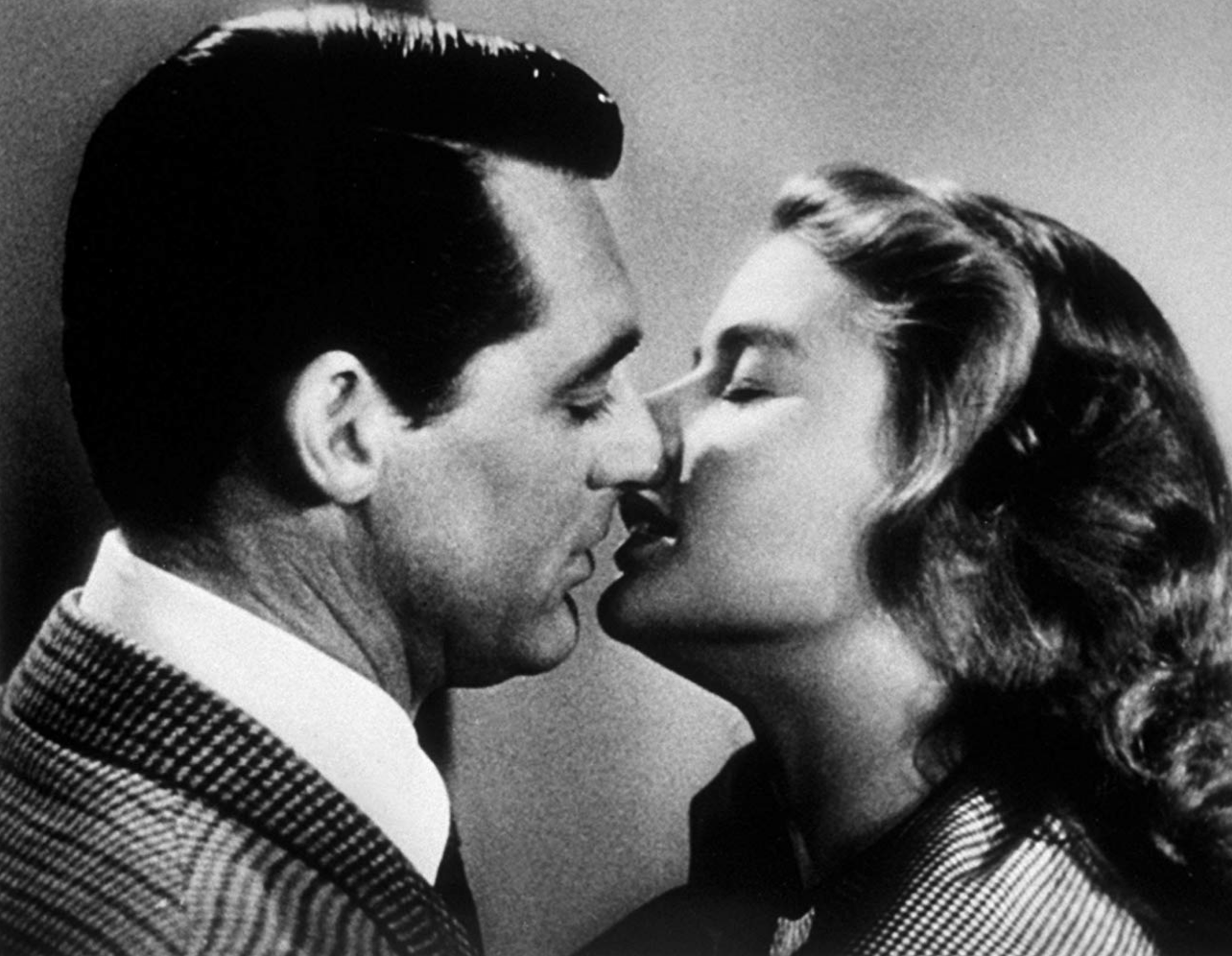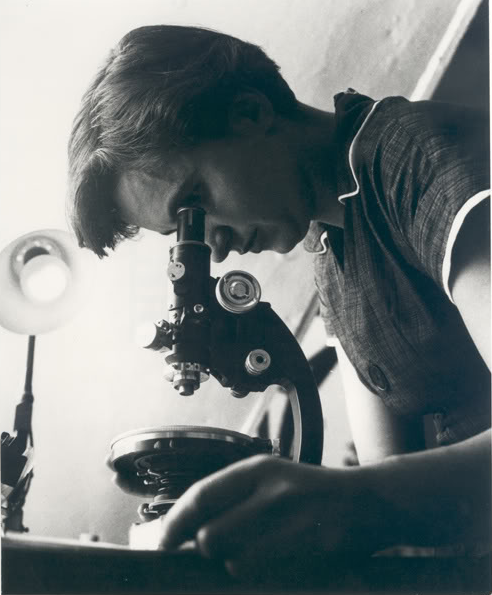The Longest Kiss: Turning Constraints to Your Advantage
Cary Grant enters a Rio hotel room with Ingrid Bergman. Bag down, gloves off, hat discarded on the chair. In silence. They walk out to the balcony, embrace and kiss. She sighs and they look into each other’s eyes.
‘It’s nice out here. Let’s not go out for dinner. Let’s stay in.’
Between tender kisses, they discuss the chicken she’s planning to cook for him. They’ll keep the washing-up to a minimum.
Bergman leans on Grant’s shoulder as he takes her back inside to make a phone call. They kiss again, and hold each other tight as he picks up a message from his hotel. He has to leave.
Bergman: ‘This is a very strange love affair.’
Grant: ‘Why?’
Bergman: ‘Maybe the fact that you don't love me.’
They make their way to the door, arm in arm, kiss goodbye and agree to meet later.
He slips away.
This scene from Alfred Hitchcock’s classic 1942 movie ‘Notorious’ was celebrated as ‘the longest kiss in the history of the movies’. It lasts just under three minutes, but is not in fact a single kiss. Rather it is a series of kisses interrupted by conversation, movement and action.
It’s a memorable scene because it seems so intimate, natural, real. We believe that Bergman and Grant are genuinely in love. When Hitchcock carefully choreographed the actors, he may well have been seeking to communicate unaffected romantic truth. But he was also keen not to fall foul of the Hays Production Code, which prohibited ‘scenes of passion’, and restricted any screen kiss to no more than three seconds.
Constraints focus the mind, demand our attention. They lay down the gauntlet; prompt our rebellious instincts; challenge us to think laterally, to circumvent the regulations, to sidestep the rules. And sometimes they produce truly memorable responses.
When one reflects on historic cigarette and alcohol advertising, it sometimes seems that they hit the creative heights because of, rather than despite, legal restrictions. Ads for the likes of Silk Cut and Benson & Hedges verged on the surreal. And I well recall a poster for the Winston brand:
‘We’re not allowed to tell you anything about Winston cigarettes, so here’s a stuffed aardvark.’
Necessity has been the mother of invention in many great communication campaigns. Sometimes the constraint is legislative. Levi’s ‘Swimmer’ (1992) featured a number of property owners signalling consent because the advertising authorities didn’t want to celebrate trespassing. Sometimes the constraint is practical – you simply don’t have much time or money. Consider most Madness videos. And sometimes the constraint can even be self-imposed. When Justin Moore was creating a six-minute film for Johnnie Walker, ‘The Man Who Walked Around the World’ (2009), he insisted that it should be one continuous shot - no cuts, no editing.
When you see rules, restrictions and regulations, don’t skulk off complaining and feeling sorry for yourself. Embrace the constraints. Take up the challenge. See where the limitations take you. Even consider setting a restriction yourself. You may find that a boring guideline is more inspiring than a blank piece of paper.
As Orson Welles once observed:
'The enemy of art is the absence of limitations.’
Happy Valentine’s Day
No. 218







